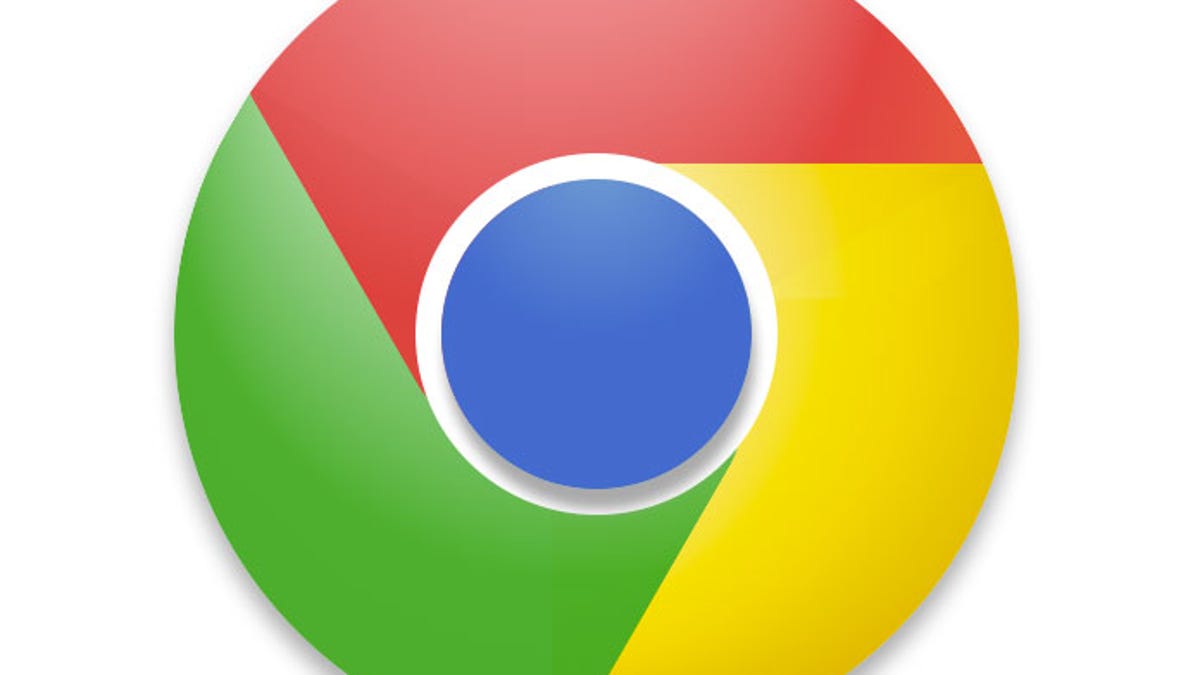Animated WebP graphics support no shoo-in for Chrome
Google WebP engineers are encountering resistance from Google Chrome engineers about whether it's worth supporting the animated version of the image format.

Google introduced WebP in an attempt to speed up the Web, but now the company's engineers are raising concerns that one of the graphics format's features will actually slow it down.
WebP is designed to compress graphics more efficiently than JPEG, GIF, and PNG. Shrinking file sizes more means data arrives faster, though there can be a penalty of longer times to encode and decode image files. One of WebP's newer features is support for animation -- a package of multiple images shown in sequence to display a short movie.
Animated GIFs have risen from obscurity to become an unlikely art form, but now there's the possibility that WebP could take their place. That's just what some WebP fans would like, and they've begun building animated WebP support for Chrome, as detailed in an announcement by Google's Urvang Joshi of a plan to ship the feature in Chrome.
But the announcement triggered a discussion this week about whether animated WebP support is worth messing with, in particular given that in the years since animated GIFs arrived on the scene, Web-based video has arrived, built into the HTML standard used to describe Web pages.
"Animated GIFs are power hogs and really contribute much to slowing down the Web," said Chrome team member Darin Fisher in a response. "I'd imagine that animated WebP is superior, but by how much? How does it compare to the equivalent content packaged up in a video format?"
One response from Alpha (Hin-Chung) Lam, analyzing 63 cat videos from Tumblr, found animated WebP file sizes to be 38 percent of the animated GIF format originals. Videos encoded with Google's VP8 video codec were 53 percent of the animated GIF originals, a notch larger than the animated WebP version but still smaller than the animated GIFs.
Another Google engineer, Peter Kasting, expressed worries that animated WebP would merely continue with problems on the Web that come with animated GIFs.
"If you're not trying to fix GIF, I am opposed to shipping animated WebP at all," Kasting said. "Since you're going to be trying to convince the entire world to change direction anyway [from animated GIF to animated WebP], you should convince them all to switch to <video> and be done with it."
Nonanimated WebP images -- the primary use case for the graphics format -- are a less contentious issue. Google itself has found the format to save dramatically on network bandwidth, and Facebook is a notable WebP ally.

